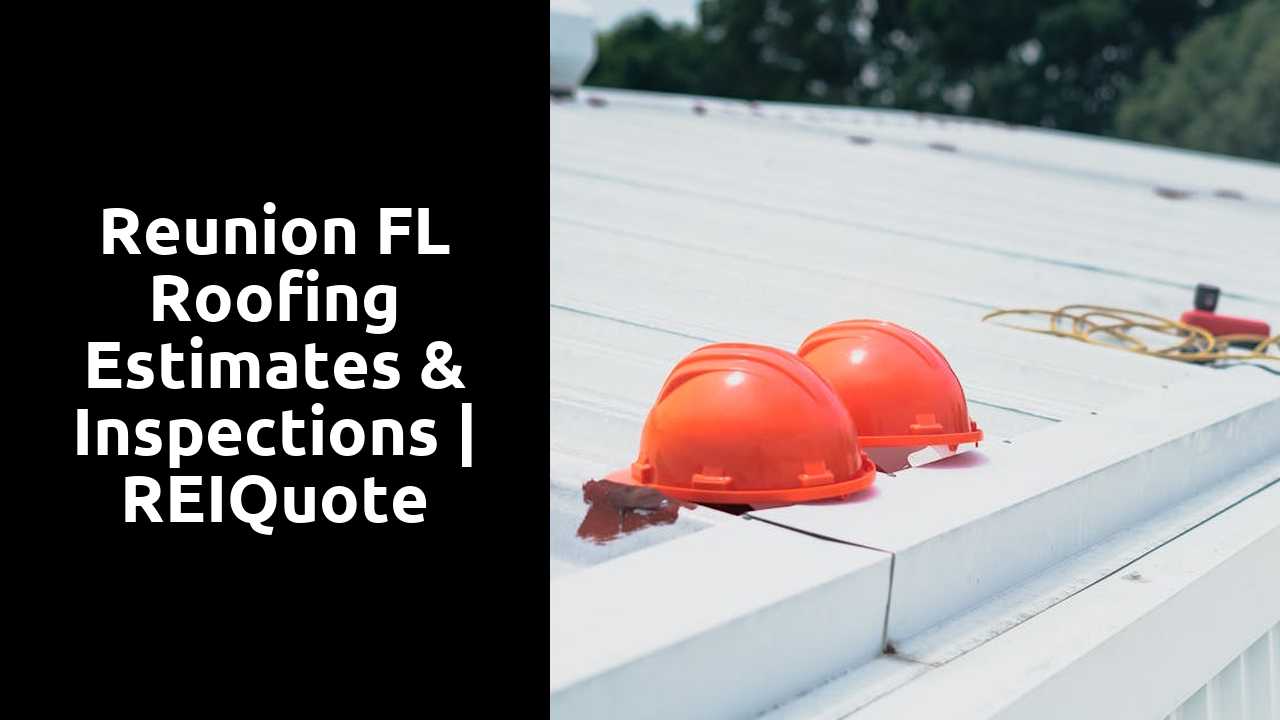Preparing for a Roofing Inspection
Preparing for a roofing inspection involves several steps to ensure a thorough evaluation of your property. Homeowners should first identify any visible issues, such as missing shingles, water stains, or deterioration. Taking photographs of these problem areas can aid the inspector in understanding the roof’s condition. Additionally, it is wise to clear any debris from the roof and gutters to enhance visibility during the assessment.
Another vital step is to gather all relevant documentation, including previous inspection reports, warranties, and repair history. This information provides context for the inspector, helping to highlight past issues or areas that require attention. Being clear about any specific concerns can also guide the inspection process. By adequately preparing for a roofing inspection, you help ensure a comprehensive analysis of your roofing system, fostering informed decision-making regarding repairs or replacements.
- Ensure all areas of the roof are accessible for inspection.
- Schedule the inspection during favorable weather conditions for accurate assessment.
- Inform the inspector about any recent storms or weather events that may have impacted the roof.
- Remove any obstacles around the house, such as branches or equipment, to allow easy access to the roof.
- Review and familiarize yourself with the roofing materials used to provide specific details if needed.
- Confirm the inspection date and time with the inspector, ensuring all parties are on the same page.
- Keep a notebook handy during the inspection to jot down any immediate recommendations or concerns.
| Checklist Item | Description | Status (Check if Applicable) |
|---|---|---|
| Age of Roof | Document the year the roof was installed | |
| Maintenance History | Gather records of any maintenance performed | |
| Visible Damages | Note any loose shingles, missing tiles, or cracks | |
| Water Stains | Check for water stains on ceilings and walls | |
| Gutter Condition | Inspect for debris accumulation and blockages |
Common Roofing Problems Identified
Roofing issues can arise from several sources, affecting the integrity and longevity of your home. Missing or broken shingles is a common problem that exposes the roof to water damage. This vulnerability can lead to leaks, resulting in costly repairs. Deteriorating flashing around vents and chimneys is another frequent concern. When improperly sealed or damaged, flashing can allow moisture to penetrate, accelerating deterioration and potential mold growth within the attic.
Reunion Roof Inspection FAQS
What should I do to prepare for a roofing inspection in Reunion, FL?
To prepare for a roofing inspection in Reunion, FL, you should clear the area around your home, make sure your roof is accessible, and remove any obstacles that could hinder the inspection process. Additionally, reviewing your roofing history and documenting previous repairs can be very helpful.
How can I identify common roofing problems before the inspection?
Homeowners can identify common roofing problems by regularly checking for visible signs of damage such as missing shingles, leaks, sagging areas, and discoloration. Maintaining a checklist can help you keep track of these issues before the roofing inspection.
What factors affect roofing estimates in Reunion, FL?
Roofing estimates in Reunion, FL, can be influenced by various factors including the type of roofing material, the size and pitch of your roof, the complexity of the job, and the contractor’s experience. Additional elements like local building codes and the current state of the roof can also impact the estimates.
How long does a typical roofing inspection take?
A typical roofing inspection in Reunion, FL, usually takes between 30 minutes to 2 hours, depending on the size of the roof and the extent of any potential issues. It’s best to schedule ample time for a thorough and detailed inspection.
Should I be present during the roofing inspection?
While it is not required for you to be present during the roofing inspection, it is beneficial. Being there allows you to ask questions, get immediate feedback on any identified issues, and understand the inspector’s recommendations for repairs or maintenance.

